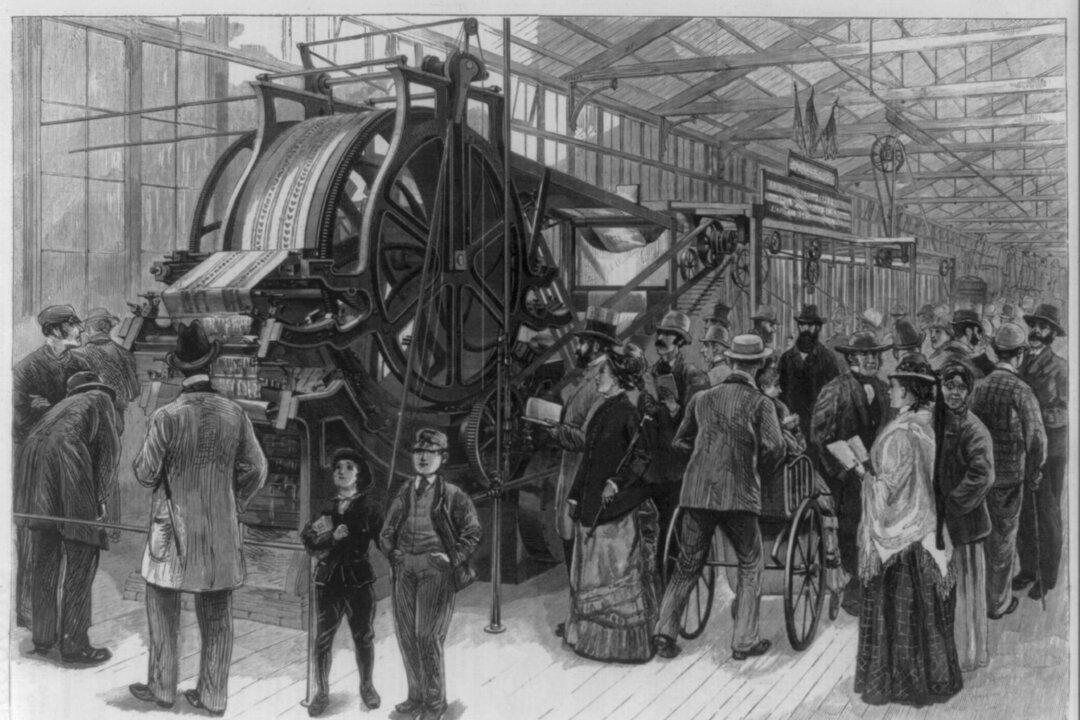Many people know Alexander Hamilton as the man whose face is on the 10-dollar bill, but many do not know why. Even though he was never a president like George Washington on the one-dollar bill or Abraham Lincoln on the five, Hamilton’s contributions in the nation’s early years earned him the nickname the “Father of American Capitalism.”
Hamilton is considered one of the nation’s founding fathers due to his work during the American Revolution and the fact that he authored several of “The Federalist Papers” that helped the U.S. Constitution get ratified. He gained much of his fame as the founder and inventor of the U.S. financial system that is still in place to this day.






